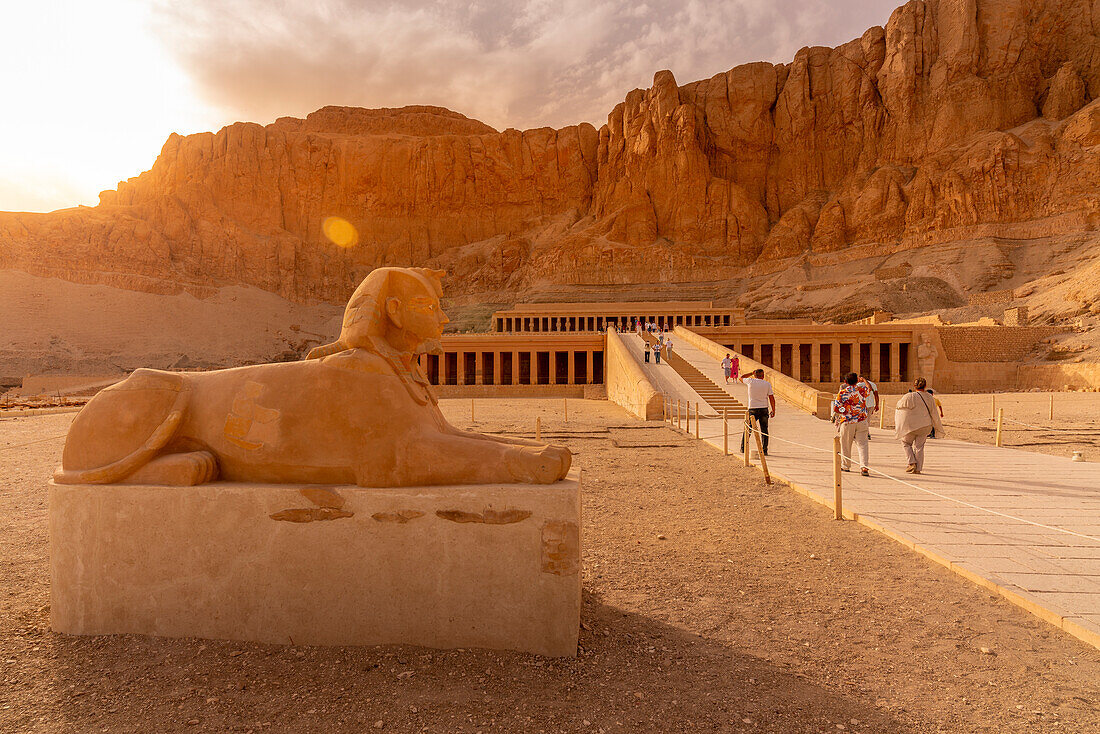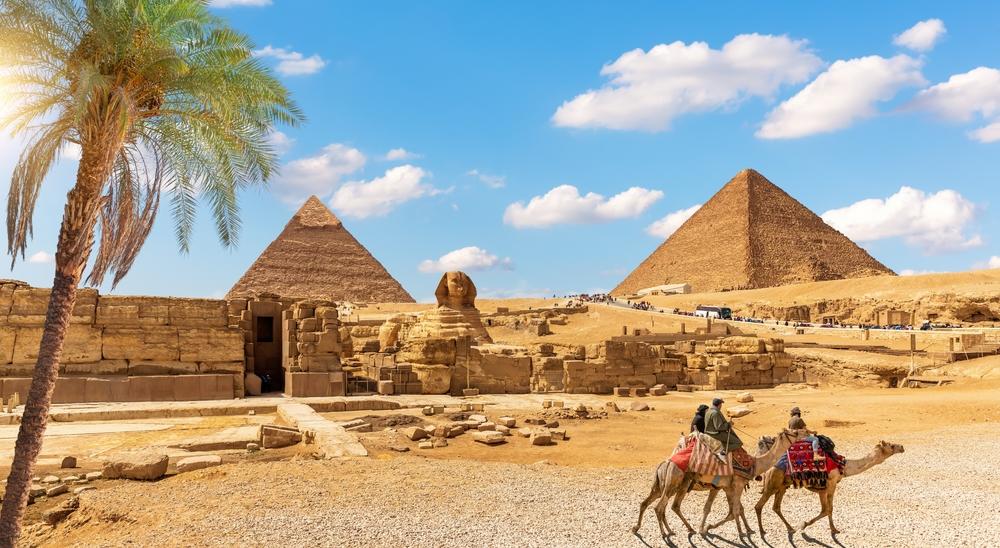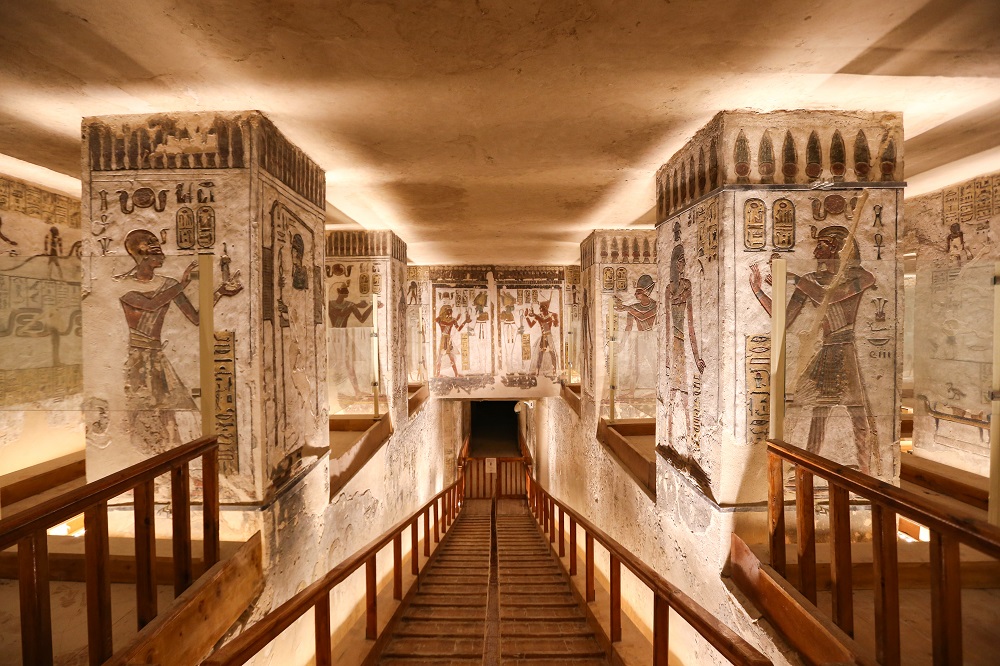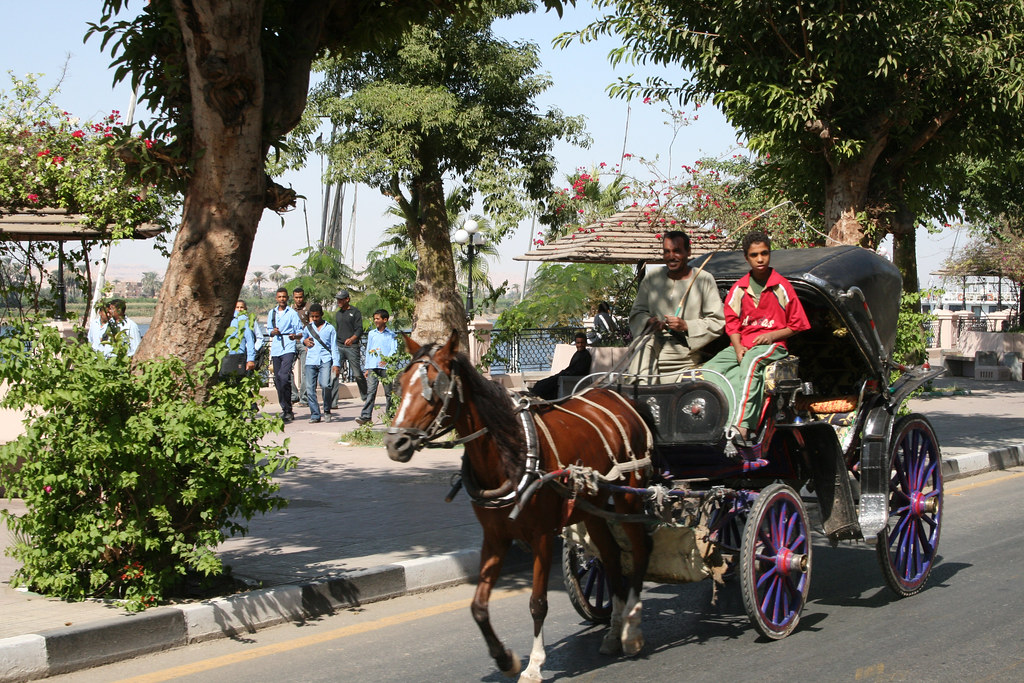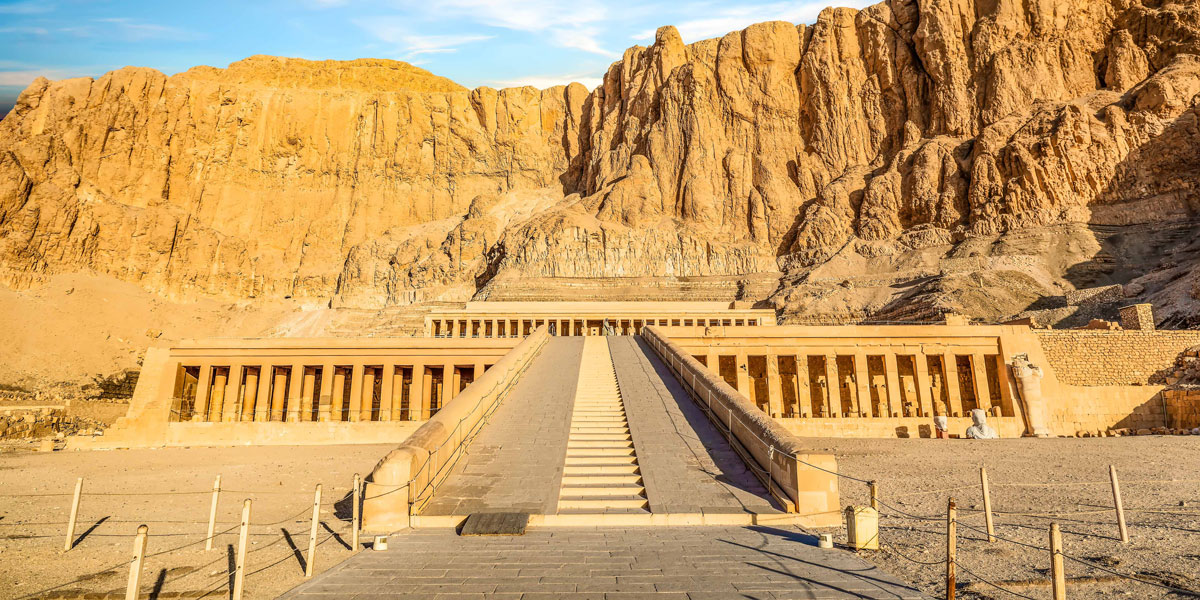Facts about Hatshepsut Temple
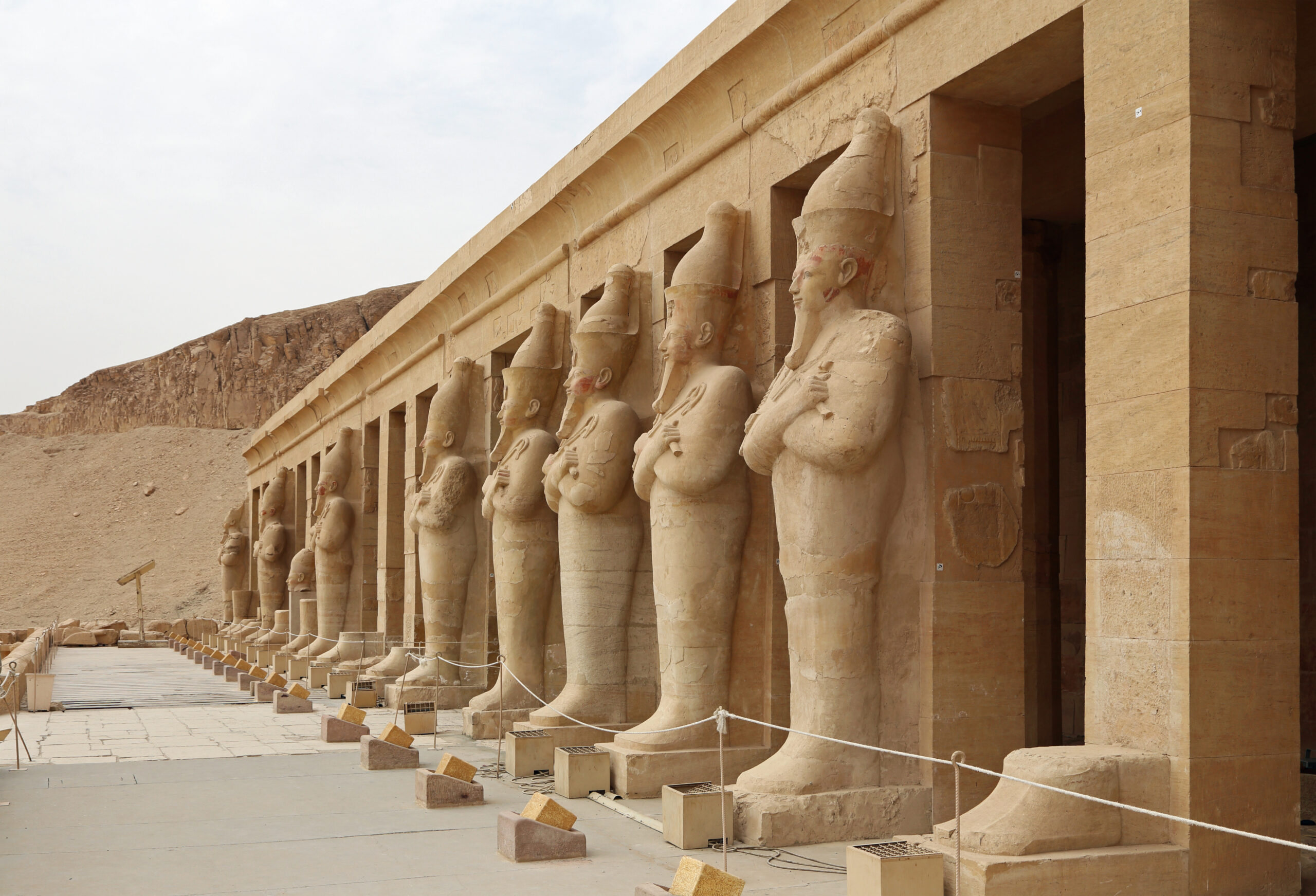
Facts about Hatshepsut Temple
The Temple of Hatshepsut, also called the Mortuary Temple of Hatshepsut, is one of the most remarkable architectural achievements in the ancient Egyptian structures and luxor's top attraction
Hatshepsut Temple Location
The Temple of Hatshepsut resides on the west bank of the Nile River in Luxor, Egypt. In particular, it is situated at the foot of the cliffs in the Deir el-Bahari region, some 3 km away from the Valley of the Kings and around 8 km from the town of Luxor. The temple's unusual geographical location, which is dramatically seated at the foot of massive limestone cliffs, makes it visually arresting and an important feature of the ancient Theban funerary landscape.
The temple is located close to other attractions, so you can plan a day trip in Luxor to the Valley of the Kings and the Colossi of Memnon, making it easy to visit alot of sites
The Design of Hatshepsut Temple
The Temple of Hatshepsut is well fabled for its superb architecture and carving, which goes along the religious field and the art work of the ancient civilization of Egypt. Here are the key features of its design:
1. Terraced Structure
The temple has three principle rising-tiered terraces, which establish the connection with the geological environment. This tiered design give it more elegance and is more striking to the eyes.
2. Colonnades and Pillars
Every terrace has a portico that is made of very well designed pilasters. The first terrace altogether has twenty columns, and columns are arranged in the upper levels in terms of the series, which give them a rhythmic appearance.
3. Connecting with the Setting
The temple stands at the backdrop of cliffs and the whole structure is integrated into the existing concepts of cliffs. It also heightens its beauty, which symbolises the union of god and man.
4. Symmetrical Design
Having mentioned the symmetry and balance of the architecture, we could say that this particular aspect discovered in the temple is particularly Egyptian. order is well thought out and every piece is placed with considerable care.
5. Reliefs and Inscriptions
Reliefs and inscriptions of the walls of the temple represent scenes from the life of Hatshepsut and her birth from the deity, trade missions to Punt. Such images express her achievements and remind the public of the justified rule by a woman.
6. Chapel and Sanctuary
Beside the outer hall stands a series of rooms, including several chapels; one of them is dedicated to Amun, which distincts Hatshepsut’s period as a religious one. In the innermost temple there is the statue also of Hatshepsit lipstick, which emphasizes the idea of her deity.
7. Access and Orientation
Slopes and aisles of great size take visitors through the temple and help the experience of passing from one level to another and the climb towards the divine.
The Historical Story of Hatshepsut Temple
The Temple of Hatshepsut, one of the ancient sites in Luxor's most remarkable female pharaohs, has a rich historical narrative that reflects her unique position and achievements. Here’s an overview of its historical story:
1. Background of Hatshepsut
Hatshepsut was the child of Thutmose I and married her half-brother Thutmose II. Following his death, she acted as regent for her son Thutmose III but later declared herself as the king, which she did around 1479 BC.
Being one of the very few women Pharaohs, Hatshepsut dressed as, and behaved like a man to stabilise her authority as a female in a male dominated society.
2. Construction of the Temple
The temple was built for her during her rule (1479–1458 BC) and was designed by Senenmut, whose name is given at the entrance of the temple. Commissioned as an edifice for acting as a mortuary temple and for worshiping her.
Situated at Deir el-Bahari, the temple shares features like terracing and columns, as well as wonderful carvings that blend perfectly with the cliffs.
3. Purpose and Significance
The temple was established in honor of Hatshepsut, and it embodied her mortuary cult, and therefore it was a place where priests carried out burial rites for her after she was buried.
Some of the impressive episodes of her life, such as birth, merchant trip to the Punt land, and erecting of obeliks, are illustrated on the temple walls. These scenes view her triumphs and reestablish the idea that she is the rightful heir to the throne.
4. Decline and Rediscovery
Per her will, Thutmose III tried to eliminate Hatshepsut and her images from history in order to consolidate power for himself. Consequently, her temple was abandoned and left without attention during several centuries.
Bapatite was unknown and buried until the 19th century, when the explorers started uncovering the temple with its great architecture and paintings.
5. Preservation Efforts
Maintenance work has been carried out to conserve the structure of this temple, and also the fantastic carvings on the walls have not worn out by time.
Things You Can See at Hatshepsut Temple
1. Terraced Design
Three Levels: This structure resembles a pyramid with three levels that are connected by ramps and stairs and therefore afford excellent opportunities for a bird's-eye view of the surrounding cliffs.
2. Colonnaded Porticos
Every terrace has magnificent porch columns skilledly done in ark complicated designs that are lovely to watch.
3. Reliefs and Inscriptions
The walls have some of the most appealing paintings of Hatshepsut’s life as a royal; this includes her birth and her ascendance to the throne and the legends of her economic expedition of the Land of Punt.
4. Statues of Hatshepsut
Statues of Hatshepsut in many forms are evident, and this is complimented by the attire she doesn't conform to the standard pharaonic dress in an effort to cement her place as a Pharaoh.
5. Sanctuary of Amun
There is a representation of the god Amun and other cult items inside the shrine, proving this assumption that this building was a temple.
6. Chapel of Anubis
Anubis, the god of mummification, is further depicted as a religious icon as a secularized chapel dedicated to the god is constructed and more about Egyptian’s concept of afterlife.
7. Obelisks
Of the obelisks left by Hatshepsut, the originals are barely present, and thus the reconstructions, as well as the inscriptions depicting the relief, show the importance of the structures.
8. Gardens and Landscaping
To promote its aesthetic value and to blend well with the environment, the temple has integrated some of the features of the gesellschaft, such as the landscaping of the compound.
9. Visitor Facilities
Those information panels help give an explanation of the specific features and add value to the trip around the site.
Visiting Hatshepsut Temple: Tips for Travelers
1. Choose the Right Time
Go for an early morning walk or late in the evening because of the heat condition most of the time. This also offers the best lighting for the photographs.
2. Dress Comfortably
Wear breathable fabrics to stay cool. A hat and sunglasses can protect you from the sun.
3. Stay Hydrated
Bring a water bottle and try and drink it regularly to stay hydrated, which is very important during the summer.
4. Wear Comfortable Shoes
There is movement between high grounds and low grounds as well as a staircase; hence, expect a compound with irregular ground; hence, one should wear comfortable shoes.
5. Photography
The temple is very picturesque, so do not forget your camera All in all, you just need to be careful not to violate the photography ban in some places, if there are any.
6. Explore Nearby Sites
It is situated near other attractions such as the Valley of the Kings and the Colossi of Memnon, which can all be visited at once.
7. Take Your Time
Find some time and discuss such creations of ancient civilization as reliefs and inscriptions that explain everything about Hatshepsut
Queen Hatshepsut Symbol of Female Power in Ancient Egypt
Queen Hatshepsut was one of the most prominent figures in history. She is an exemplary figure of women's leadership and womanhood in general.
1. Disruptive Power Hierarchy
Hatshepsut fulfilled her positions as regent of her stepson, Thutmose III, after the passing of her spouse, Thutmose II. Yet, instead of going back to the way of life that was expected of her, she went ahead and announced herself as a pharaoh, which was against the customs of the people.
2. Wearing Masculine Attires
She was frequently pictured in the headdress and kilt of a pharaoh, thus reinforcing and legitimising her status as a ruler.
3. Economic and Architectural Tallies
Hatshepsut is known for her successful trade expeditions, especially to the Land of Punt, which enriched Egypt. These activities were as well held with the political interests of the Egyptians.
She also built captivating edifices and structures, the most famous being her funerary temple situated in Deir el-Bahari. This temple is famous because of its splendid architecture and the beautiful artwork that narrates her achievements.
4. Cultural Promotion
Hatshepsut was a patron of arts and architecture during her rule and so artistic more so the works in honour of her and the gods of Egypt blossomed.
5. Religion
She also likened her majority leadership to spiritual authority by painting an image of being favored by God, Amun. Images in her temple show how she was born and raymondid as God’s choice, respectively, indicating she was loved by all and with power.
Rotana Egypt Travel offers a guide that can enhance your experience of the Temple of Hatshepsut While moving through its terraced corridors and looking at the detailed pictures carved onto the pillars, one can hardly believe that there was a time when a lady courted the most powerful man and reigned over the country effortlessly. The Temple of Hatshepsut, on the other hand, welcomes one with the various stories that one has to indulge in ancient Egypt and history.
Egypt Tours FAQ
Of course, travelers must obtain a visa, which can be obtained upon arrival or online for some nationalities.
Egypt is generally safe for tourists and residents, and you should consult travel specialists to find out the best places to visit in Egypt.
The Egyptian pound (EGP) is the official currency in Egypt.
The language is Arabic, but in tourist areas English is widely spoken.
Egypt offers a range of tours, including historical, cultural, and adventure trips that cater to all interests
Yes, many Egypt trips are family-friendly, offering educational experiences and activities suitable for all ages.
Private Egypt tours can be easily booked through us, offering customized itineraries based on your preferences.
Guided tours in Egypt include a professional guide, who provides insight and comfort, while self-guided tours allow more flexibility but you won't get the information a tour guide gives you.
comfortable clothing suitable for the climate, sunscreen, and essentials for exploring historical sites






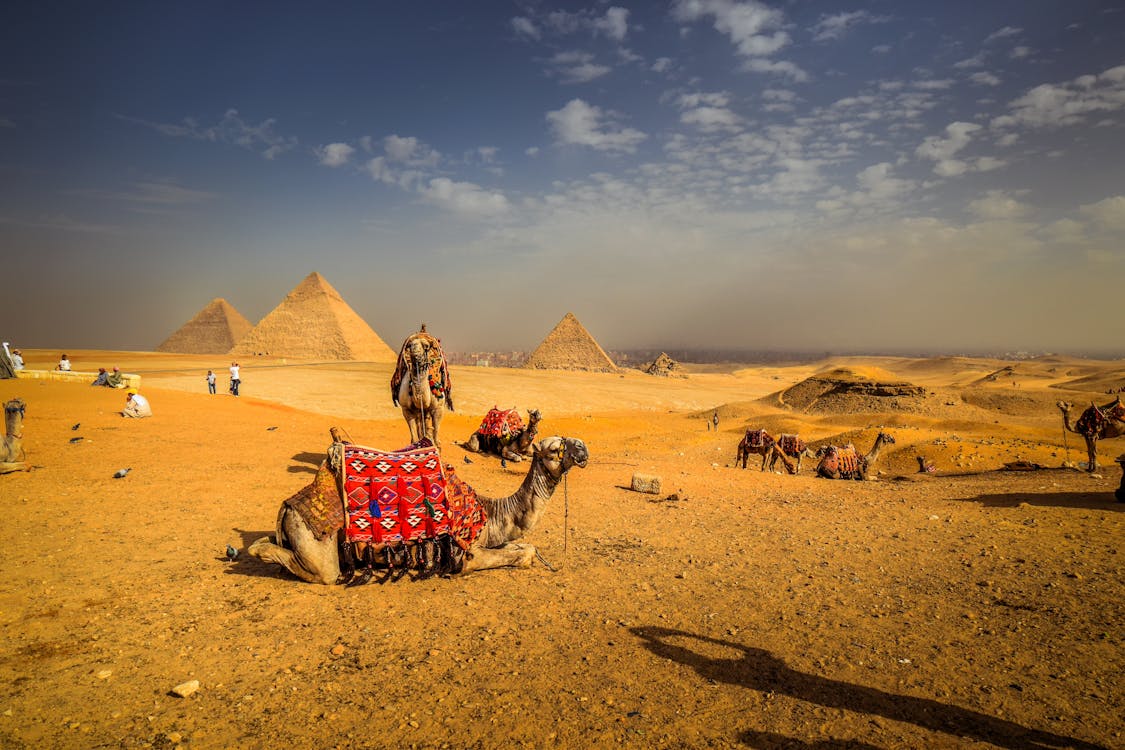
.avif)
